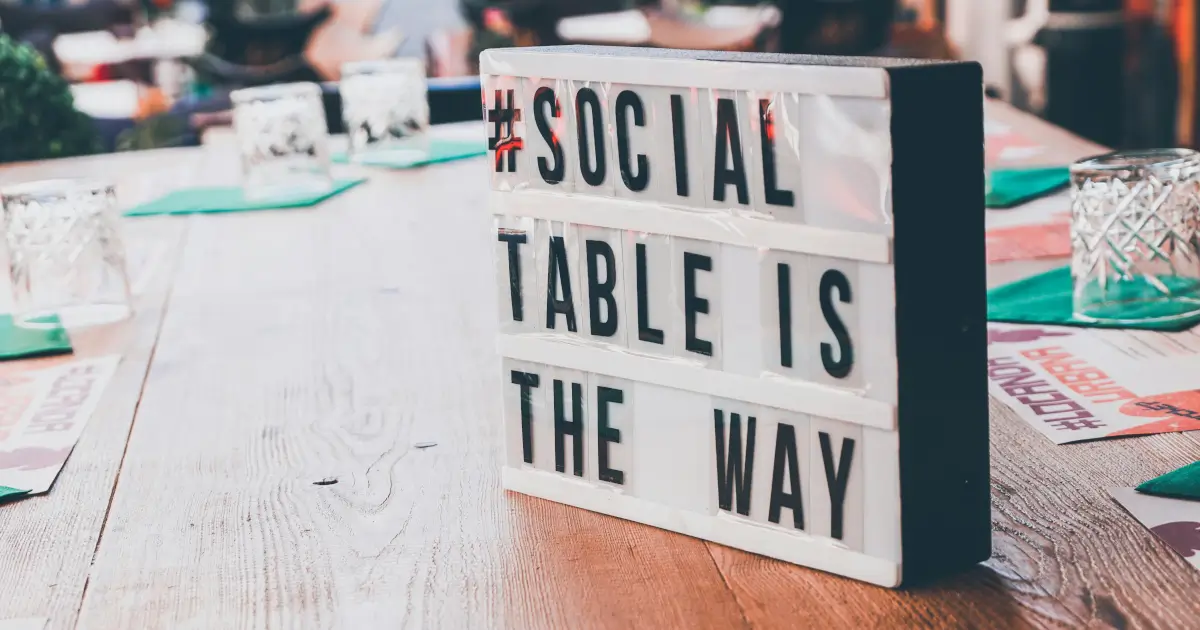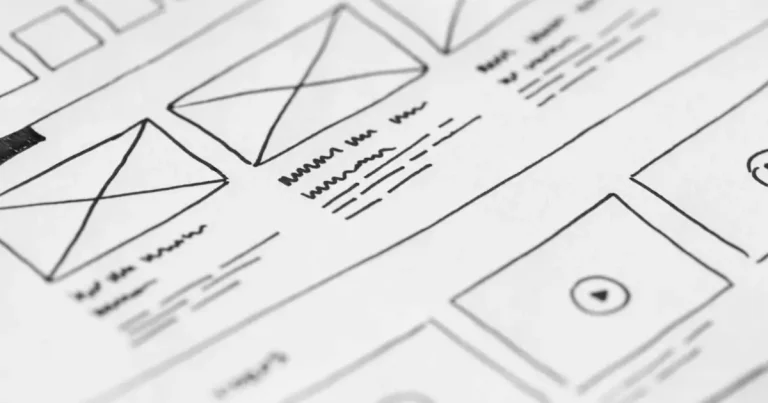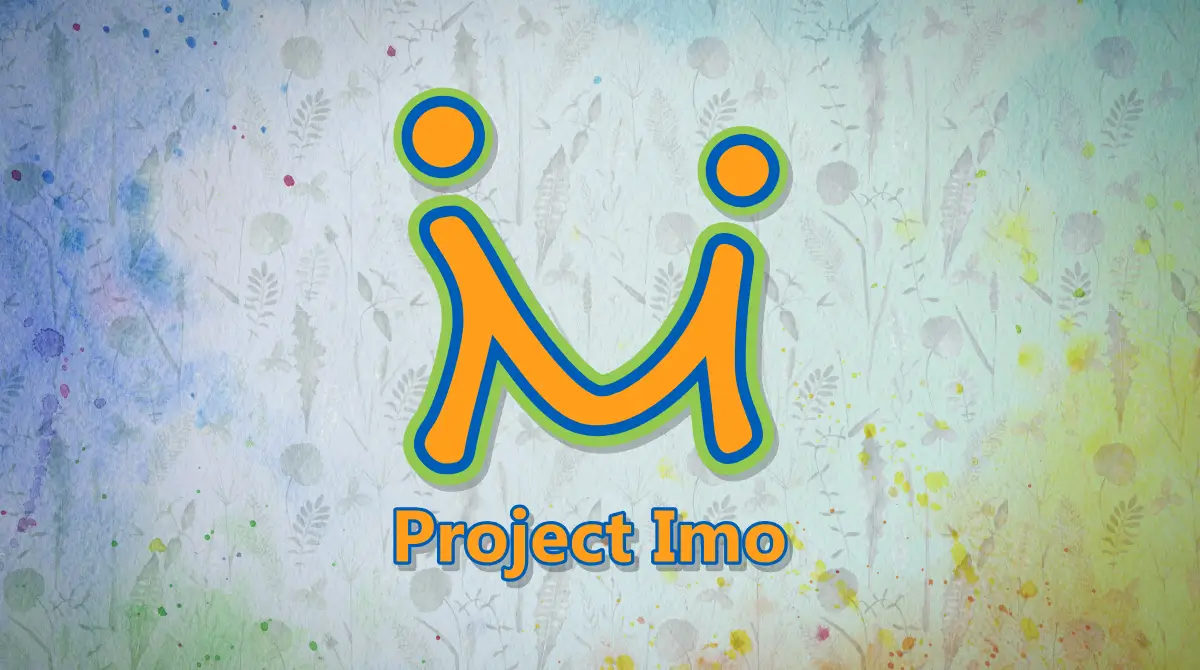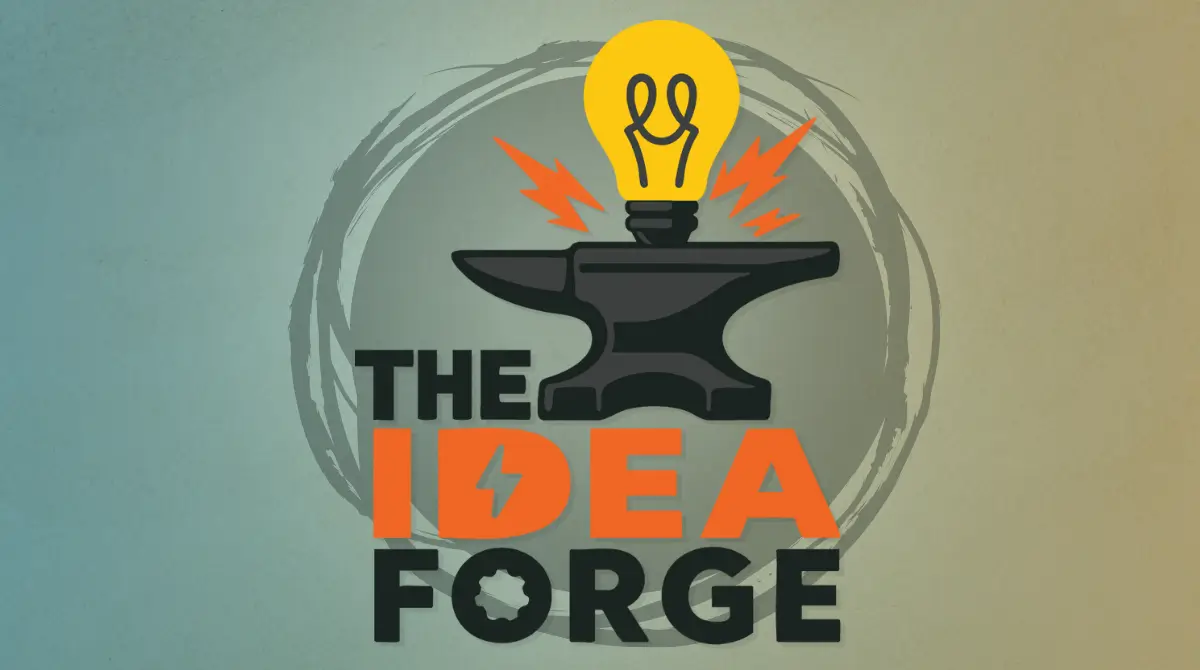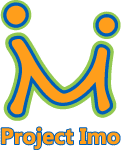Building Websites People First: Planning for Design that Works
When most people think about building a website, they imagine clicking through templates or diving straight into code. It feels exciting to start right away. But anyone who has ever tried to make a site without a plan knows how quickly things can get messy. Pages don’t flow, the design feels cluttered, and the whole thing takes more time and energy than it should.
This workshop is about slowing down at the beginning so you can save yourself hours of frustration later. By putting people at the center of the design process and mapping out the structure before you touch a line of code, you’ll end up with a site that is clear, accessible, and enjoyable to use.
Why people first matters
Websites are not built for computers. They are built for people. A beautiful design doesn’t mean much if visitors cannot find what they need or if the page feels overwhelming. In this session, we’ll step into the shoes of the people who land on your site and think carefully about what they see, where their eyes go first, and what path they naturally follow.
We’ll look at habits most of us share when we read online. For example, people tend to scan left to right and top to bottom. They often focus on a bold header or hero image, skim past the middle, and then land on the footer when they’re looking for contact details. Understanding these patterns helps us design sites that guide visitors rather than lose them along the way.
What we will cover
This workshop mixes teaching, discussion, and hands-on practice. Together we’ll:
- Explore the basic building blocks of a website and how they work together.
- Talk about accessibility and why designing with everyone in mind is not optional.
- Discuss responsiveness and how a design adapts across phones, tablets, and desktops.
- Look at the role of contrast, margins, padding, and negative space in making a site readable and comfortable.
- Map out the flow of a sample site and storyboard the visitor journey from start to finish.
We’ll also spend some time on speed, not from a technical standpoint but from a design one. A simple, well-structured site loads faster and feels lighter because it avoids unnecessary clutter.
How our time together will be spent
We’ll begin with an overview of common website patterns and talk through what works well and what often causes frustration. Then we’ll move into group work where you’ll practice sketching and framing out the structure of a site. We’ll consider how to arrange a homepage, how to break up sections so they don’t overwhelm, and how to use space to guide attention.
By the second half of the workshop, you’ll be applying these ideas to a storyboard of your own. Whether you are dreaming of a personal blog, planning a site for a community project, or rethinking a business page, you’ll leave with a practical framework that makes the actual build easier and less stressful.
Who should join
This workshop is for anyone who wants to create a website that feels welcoming and easy to use. You don’t need to be a designer or a coder. Beginners will learn how to think like a planner before diving in, while those with experience will find new ways to refine their process and cut down on wasted effort.
Why it matters for our community
At Project Imo, we care about how people connect online as much as how they connect in person. A thoughtful website can help a community thrive, share resources, and tell its story more effectively. By designing with people first, we build online spaces that reflect the values of accessibility, clarity, and care.
What you’ll take away
By the end of the workshop, you will:
- Have a storyboard for a website of your choice.
- Understand how to frame out a design before starting the build.
- Know why margins, spacing, and contrast matter sometimes more than flashy effects and cool designs.
- Feel confident about creating a site that works for people, not just screens.
Join us
Building a website doesn’t have to be overwhelming. With the right planning, it becomes an exciting creative process instead of a headache. This workshop will give you the tools to start with people first, so you can bring your ideas online in a way that feels clear, organized, and meaningful.

